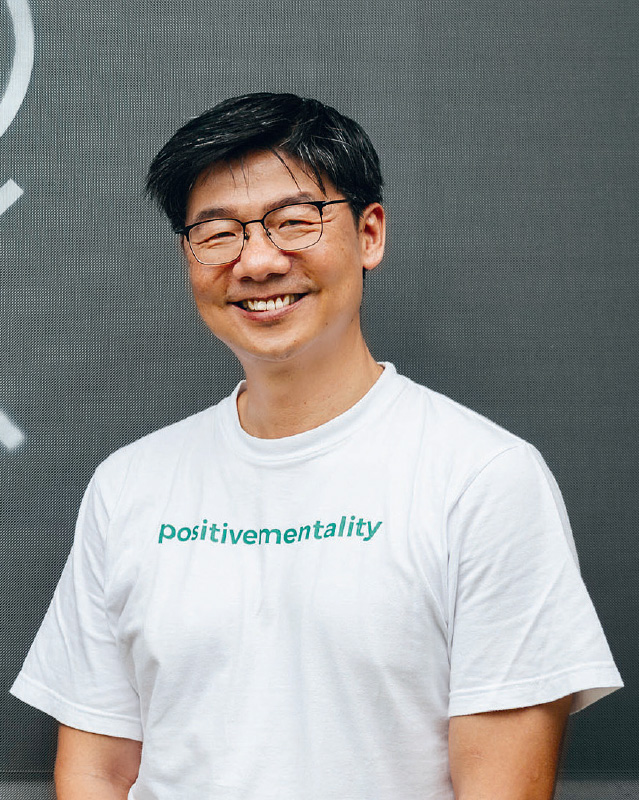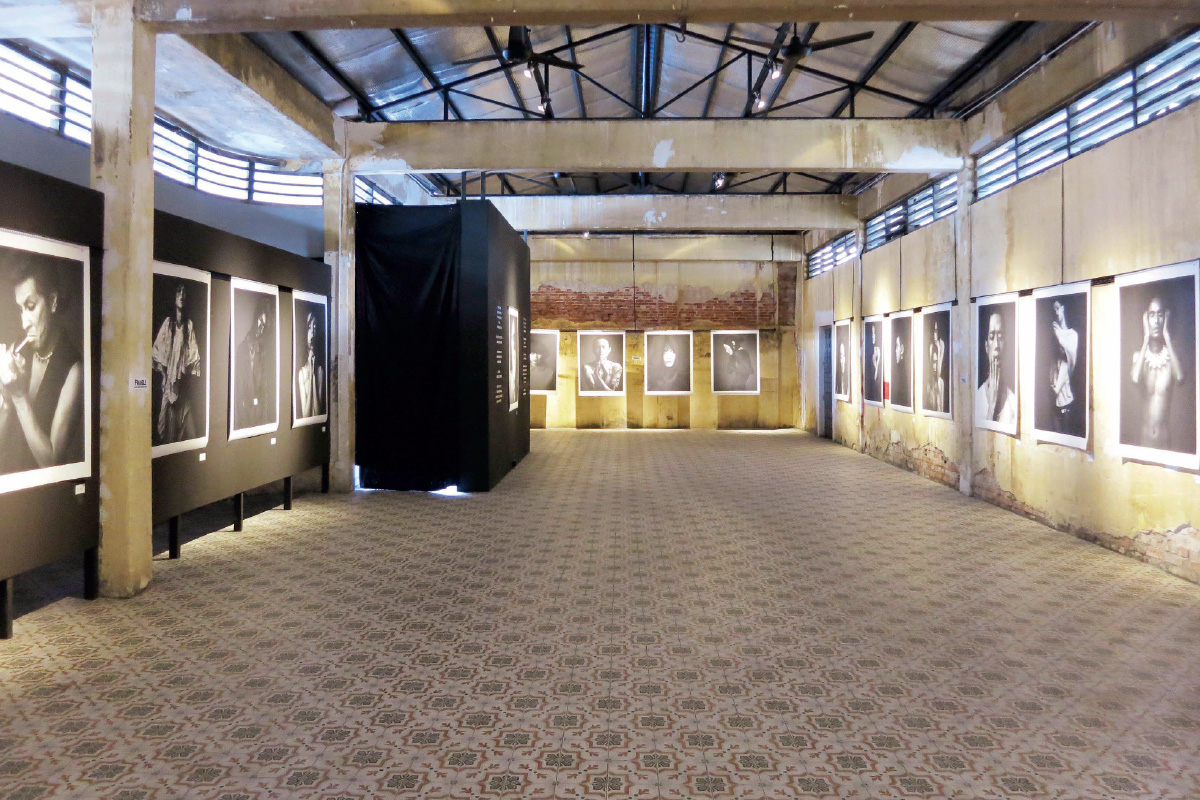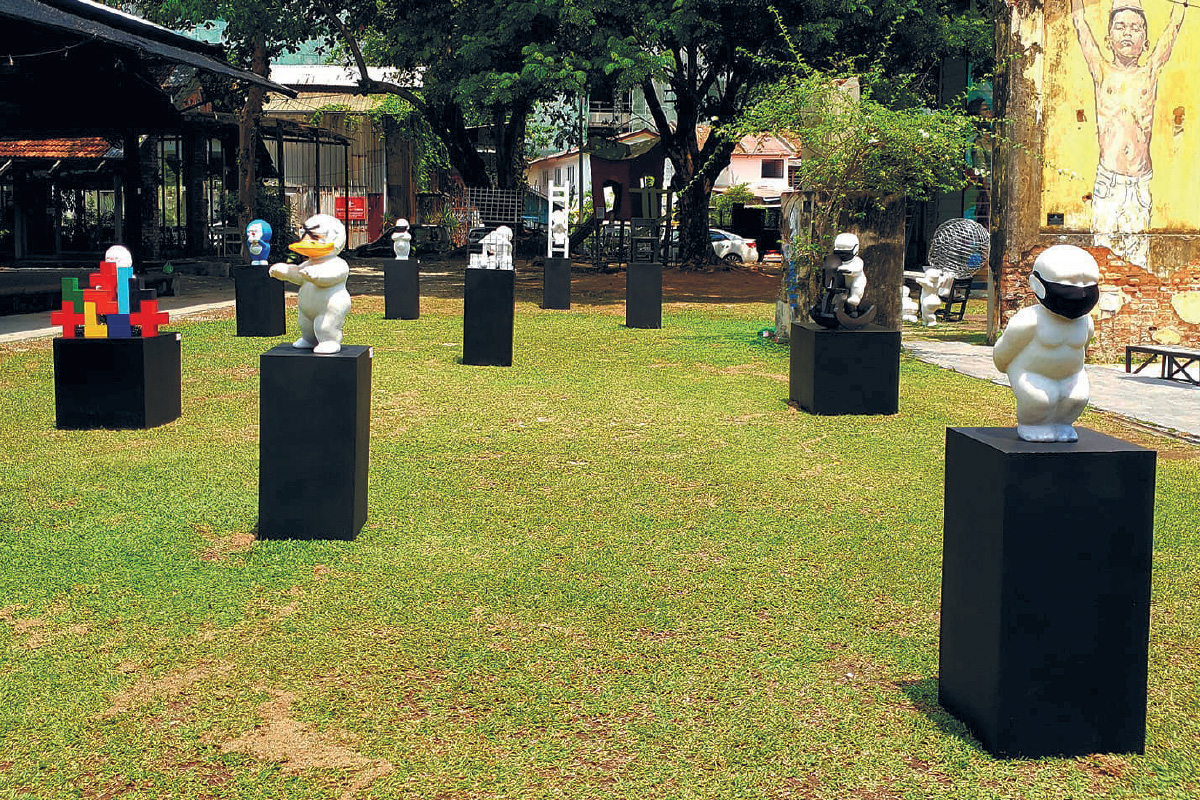This article first appeared in City & Country, The Edge Malaysia Weekly on December 4, 2023 - December 10, 2023
WINNER | Hin Bus Depot, George Town
It is hard to miss Hin Bus Depot in George Town, Penang, thanks to its distinctive Art Deco architecture. A growing art gallery and community space on Jalan Gurdwara, Hin Bus Depot has attracted an increasing number of locals and tourists over the years.
The name “Hin Company Ltd” is etched above the entrance — a nod to its past. Built in 1947, Hin Bus Depot used to house and maintain the buses of Hin Company Ltd, which was known for its fleet of blue buses providing transport services from George Town to Tanjung Bungah.
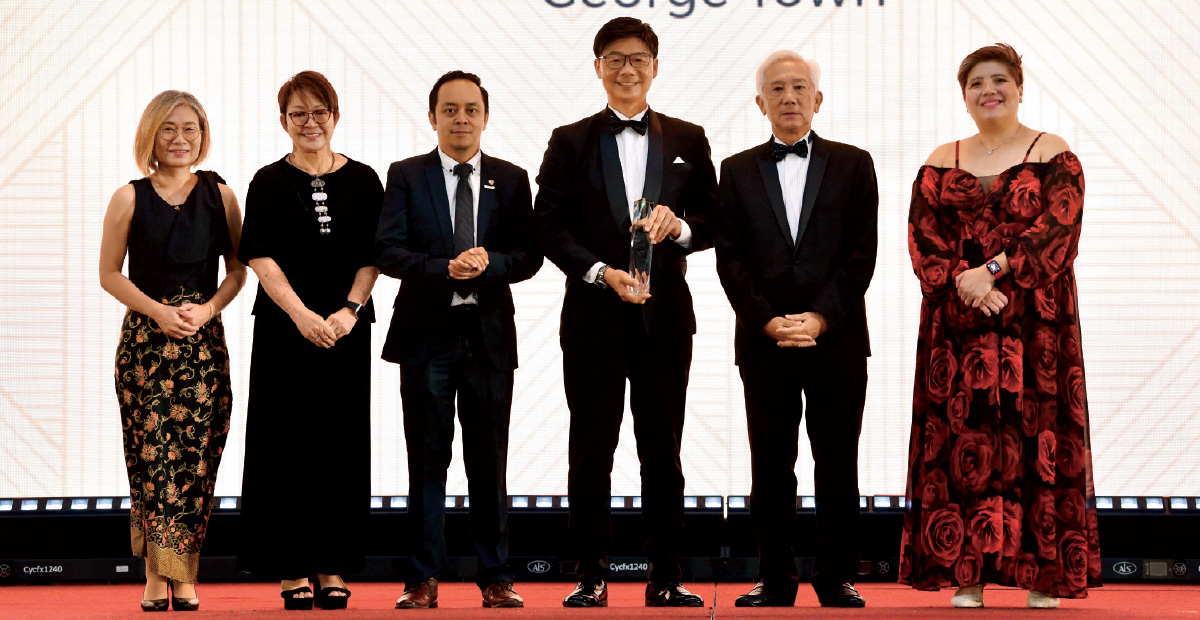
Between the 1980s and 1990s, the company relocated, leaving the depot vacant and eventually falling into disrepair.
In 2011, a group of three families who had ventured into property investment came upon the depot.
“It had been on the market for quite some time but it was not picking up a lot of attention at the time because it was not in the popular part of George Town,” says Tan Shih Thoe, a member of one of the families, who was tasked with managing and overseeing the activities at Hin Bus Depot.
“When we went [to view] the property, the first thing that caught our attention was the Art Deco architecture at the entrance. In Penang, it is rare to find an Art Deco building of that size. Inside, there is a huge open compound with some sheds here and there. It is nearby to Komtar, and we felt it was a good location and that it would be [a prime target] for development eventually.”
The families acquired the bus depot, along with the 12 shophouses around it, for RM280 psf. Tan says they later acquired four other shophouses there in 2016.
The transformation of the depot did not happen instantly, though. Instead, the investors went the traditional route of looking for a suitable tenant to operate the property, which turned out to be challenging because of the location. Compared to other parts of George Town, Jalan Gurdwara is a less-visited location for two reasons: the presence of foreign workers, and the fact that it is not a Unesco Heritage Site.
In 2008, about 260ha of George Town was categorised as a heritage zone.
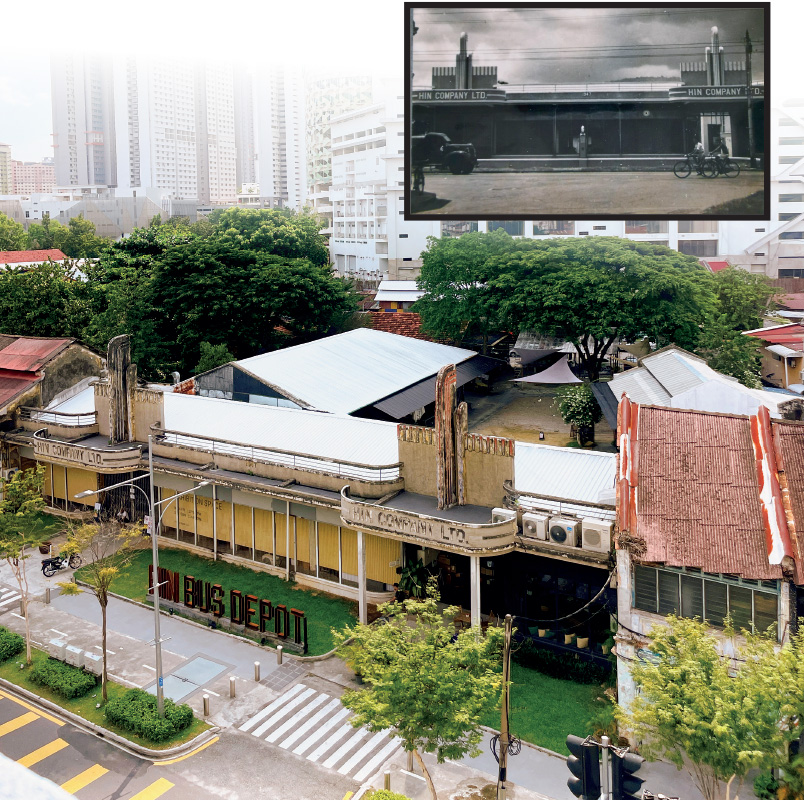
“A lot of excitement was focused on the Unesco Heritage Site and the government put a lot of effort into improving the infrastructure in that part of town,” says Tan.
“At the time of the acquisition, the road, pedestrian walkways and streetlights on Jalan Gurdwara were not well maintained. The area was quite neglected. It was known to be a foreign workers’ area. In the evening, foreign workers would hang out there and they lived there because of the cheap rent. The locals do not really venture to this area except to go to the famous Cecil Market down the road or Gama Supermarket & Departmental Store.”
New lease of life
The search for suitable tenants continued for three years until Ernest Zacharevic, a Lithuanian artist known for his street mural artwork around George Town, came looking for a space for his solo exhibition titled Art is Rubbish is Art in 2013.
Tan had brought him to view various spaces but none intrigued Zacharevic’s interest until Tan showed him the depot. The site immediately piqued the artist’s interest and he decided to have his exhibition at the dilapidated depot.
Finally, the bus depot could be given a new lease of life, as Tan had a reason to do restoration work on it.
The challenge, however, was whether Tan would be able to turn the dilapidated depot into an exhibition space within the span of three months.
“When Ernest wanted to do the exhibition, we only had three months to do whatever we needed for the exhibition. Schedules were tight and we knew the restoration needed to be broken down in a few phases,” he says.
“Our first priority was to get everything repaired. We had to put a good roof over it because there was no roof at the time. It had to have a working toilet and electricity had to be installed. Then, we added a lawn in the open area that was not originally there. It was a pathway for the buses to drive in and out.
“The whole idea was to provide a refuge to visitors. Jalan Gurdwara, at the time, was a busy street in terms of traffic. There were not many trees and [it was] dusty and noisy. We wanted visitors to come into the gallery and feel that they were coming into a refuge, a place where they could just relax and be away from all the noise. We thought green was very important and we planted quite a few trees there as well.”
Internally, the initial refurbishment covered only the lawn, one of the sheds at the back of the depot and the art gallery area.
During the acquisition and restoration of the site, Tan says, there were 10 to 12 tenants in the 16 shophouses around it. The restoration works were done only on the spaces that had been left vacant for the exhibition.
“We didn’t want to chase them out because they had been there for many, many years. So, we kept them and extended their rental. We didn’t do much in their space.”
Over the years, however, the tenants gradually moved out and Tan took the opportunity to claim the space and refurbish it so that it could be rented out to new tenants.
“That’s how we have been doing the restoration. We did not want to be forceful because there were still old tenants and we just did the rest of the space that needed refurbishment for the exhibition,” he says.
One of the principles that Tan has adhered to is to carry out the restoration with minimal alteration to the former structure.
“We did not want to over-restore it. At the time and even now, George Town has experienced an over-restoration, which has resulted in it becoming sterile. You walk into these properties and everything is the same. You don’t feel connected to the story of the place. Here, in Hin Bus Depot, we spent very little on painting. We hardly painted the wall and we purposely left it as it is because every layer of painting tells its own story — what the place was before and what it has gone through.”
The final part of the restoration involves the refurbishment of 10,000 sq ft located at the back portion of the bus depot into a creative space called Coex. The former tenant, a scrap metal factory, had left during the pandemic.
Coex is anchored by architecture firm ALM Architects and houses a bookshop, community library, traditional puppet studio and several cafés, among others.
“The tenant is into art experimentation. He had always wanted to do a hub for himself, and it so happened that there was an available space in Hin Bus Depot. We met up and discussed how it would complement the Hin Bus Depot ecosystem,” Tan says, adding that the restoration of Hin Bus Depot took almost a decade to complete. “Over the 10 years, progress was smooth and organic. When the gallery grows, we also need to upgrade certain facilities or spaces. So, we were not very pressured in terms of the timeline. Many people who have visited the place, when they return to visit, will find that the place has changed.”
Keeping the original name
Tan explains how the gallery has gone through name changes over the years. “Initially, we called it Hin Bus Depot Art Gallery because, if we had left it as Hin Bus Depot, people would think it was still a bus depot. So, we added ‘Art Gallery’ to tell people it was no longer a bus depot but an art gallery.
“After a few years, we changed it back to Hin Bus Depot because, by then, people would already know that it is now an art gallery.”
Returning to its original name was also a way to honour its past and contributions to the Penang community, Tan adds.
“As a bus depot serving the community, the building has made tremendous contributions to the Penang community and the development of the island. So, we feel it is important to keep the ‘Hin Bus Depot’ name.”
Arts and craft market on Sunday
While Zacharevic’s exhibition was a catalyst that helped turn Hin Bus Depot into an art gallery, another key driver in the transformation of the depot was the Sunday market, which Tan started a year after the art gallery started operations and has grown popular over the years.
“It was tough in the beginning. When we started the Sunday market, we had only six stalls and they were run mainly by friends. There were cafés, cake, food and juice stalls. From there, it slowly progressed into a true community space,” he says.
“Over the years, the number of stalls slowly grew. Today, we have about 110 stalls and the place is very busy on Sundays.”
When City & Country visited the depot a few months ago on a Sunday, the depot was vibrant and bustling with local and foreign visitors. Buskers serenaded the visitors as they browsed the stalls or lounged on the lazy chairs. Hin Bus Depot has become a place for not only shopping at the Sunday market or for the art enthusiast to enjoy the art exhibits, but also where one can soak in the cheery environment.
Adaptive reuse done right
Hin Bus Depot is a good example of an adaptive reuse project in Penang that was done correctly, says Tan. While cost is an important factor when considering such a project, the content of the space is equally important.
“Besides ensuring the project is cost-effective, you also have to put a lot of effort into it. Content is important to making an adaptive reuse project a success.
“Some try to do it, but they do it only on the building and leave it to deteriorate. It was either not used properly or the wrong content came in, and it was not suitable. So, it died off. As an owner, when we want to repurpose a building, we have to look at the community and its surroundings and figure out the suitable content that will make the project work.”
Beside redevelopment, Tan says there are always opportunities to come up with something unique.
“When we bought this property, it was always on our minds to repurpose it. If you have an opportunity with a land and building like this, instead of tearing it down, how do you use it as something unique?
“In Penang, many adaptive reuse projects can be done; there are so many old, abandoned buildings. The good thing is that we are starting to see more and more of such projects now. There are already properties around here that are being refurbished and reused.”
Save by subscribing to us for your print and/or digital copy.
P/S: The Edge is also available on Apple's App Store and Android's Google Play.
- Tariff shock awaits China after trade surplus hits US$103 bil
- Malaysian semiconductor stocks fall amid US probes, software firms steady
- Maybank customers can now make QR payments through MAE app in Cambodia
- HRD Corp's chief executive Shahul Hameed steps down, confirming The Edge report
- Farewell, Pak Lah
- Apple fuels stock market rebound as Trump says he helped Cook
- U Mobile to roll out Malaysia’s second 5G network with Huawei and ZTE
- Prime Penang properties worth up to RM400 mil for sale
- Frankly Speaking: Fear spreads to IPO market
- MIDF says Life Water sailing with margin tailwinds as packaging cost eases; initiates coverage with 'buy'

